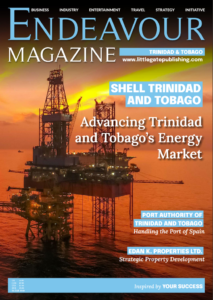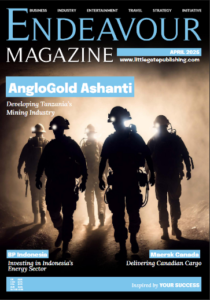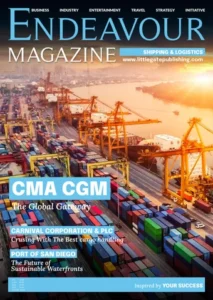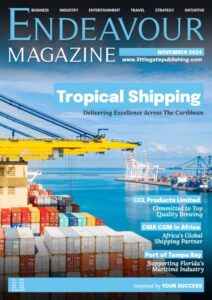It has been said by the great and the wise that the world we live in today has changed more quickly in the last century or so than the 1,000-years preceding. Taking into account the incredible strides forward that have been made technologically speaking, it’s difficult to disagree with this idea.
Just 100-years ago, aviation was in its infancy, while motor cars were little more than an expensive novelty for the few who were able to afford one. When it came to trains, steam-powered rail networks were still considered the pinnacle of ingenuity and a symbol of national power for the select group of empires with the resources and capability to build them. What a difference a century can make, as the emergence of Hyperloop One has recently shown.
As anybody who grew up with the animated sitcom, The Jetsons, will know very well, the idea of high-speed travel in tubes is not a new one. In fact, you may be surprised to know that a plausible concept has existed for decades, in the form of the ‘very high speed transit system’ (VHST), which was originally proposed in 1972 – a system which combined a magnetic levitation train and a low-pressure transit tube. However, while VHST was plausible, the resources which would have been needed to actually implement it made the system unviable at the time. Tesla and SpaceX’s new Hyperloop One system on the other hand – a pneumatic tube transportation system based loosely on VHST – has legs, and has once more placed super-futuristic train networks in the headlines again.
In the words of Elon Musk himself, the world-famous business magnate and inventor, and CEO of Tesla and SpaceX, Hyperloop One is a “cross between a Concorde and a railgun and an air hockey table”. According to preliminary research, the revolutionary system will enable commuters to travel from London to Edinburgh or LA to San Francisco in 35-minutes, meaning that passengers would travel a 350-mile route at an average speed of around 600 mph, with a top speed of 760 mph.
Most importantly, Hyperloop One, while expensive, is financially feasible. According to a white paper, the construction of the system over the proposed distance would cost US$6 billion for a passenger-only version, and US$7.5 billion for a larger-diameter version capable of transporting passengers and vehicles. Transportation analysts are more cynical, however, and are of the opinion that construction costs for the system would quickly spiral several billion dollars overbudget, due to construction, development and operation costs.
The science behind Hyperloop One is fascinating, and centres around removing the greatest obstacle to achieving high-speed movement: friction. Hyperloop will move away from the traditional wheel system by using air bearings for pods instead. In laymans terms, pods travelling with Hyperloop will do so floating on air. This is much like current maglev systems, like those used by maglev trains in Japan can achieve super speeds of over 500km/h maglev.
Another concept from Hyperloop Transportation Technologies uses passive magnetic levitation, meaning the magnets are on the trains and work with aluminium track a system which would remove the need for powered tracks with copper coiling, which makes maglev train systems so expensive.
Hyperloop One will be built that have had some of the air sucked out to lower the pressure. Much like high-altitude flying, such a system means there’s less resistance against the pod moving through the tunnel, making it much more energy efficient – a trait that’s highly desirable in any transit system.
We’re still a few years away from being able to use the Hyperloop to get from A-to-B, but there has been great progress in the last year, and the first full-size Hyperloop One test is set to take place in Las Vegas – the site of its previous demo in May 2016, very shortly this year. The trial will seek to propel a prototype about 500m along a track. A number of governments have shown great interest in Hyperloop, particularly in Abu Dhabi, who are eager to use the systems to shuttle passengers and freight across the UAE. And with the system set to be rolled at from 2020 onwards, it is likely that Hyperloop will be part of the everyday fabric within the next decade or so.








